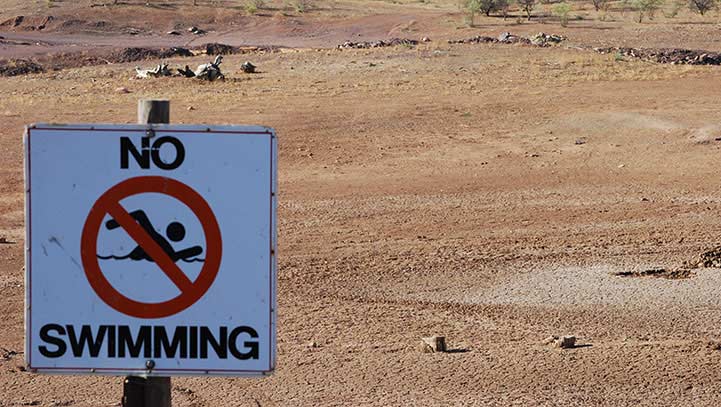
November 2, 2015
Hard to believe it was only back in early April when California Governor Jerry Brown made an emergency declaration mandating a 25% statewide reduction in water use. After all, California had been in a drought for four years up to that point. But the water restrictions quickly went into effect and folks everywhere began limiting their water consumption.
Of course much of this came in the form of cutting back on lawn watering. While this is certainly effective, many folks have been going about it the wrong way despite following the new restrictions to the letter. Some are even causing permanent damage to their land. Here’s everything you need to know about maintaining a healthy (even if it’s dead) lawn in 2015 California.
The rules
The lawn-watering restrictions are not uniform across the state of California. They vary by city and county. For example, in this time of drought folks in Los Angeles are allowed to water their lawns for eight minutes at a time three times per week. That doesn’t leave a lot wriggle room, and the simple fact is that many lawns are going to continue to die. However, there is a way to maintain the foundation of a lawn even if the grass itself is dead, and this can be accomplished within the legal constraints. Tending to a lawn even in a time of drought ensures that the soil remains fertile for future growth. More on this below.
Don’t stop watering your lawn for good
Many folks figure that if they’re just going to let their lawn die, they might as well save even more water by shutting off the hose completely. This is a mistake. Depriving soil of water for extended periods of time kills the soil and makes it that much harder to absorb the water when rains do come. Experts recommend occasionally watering even dead lawns, as well as covering dirt in mulch and dead leaves to help deposit minerals into the earth.
Water the trees, too
Don’t think for a second that trees don’t need water. Use some of your allotted watering time to give any trees on your property a good drink. Or, concerning younger trees, the experts recommend filling a tub or basin with 10-15 gallons of water once a week and pour it around the sapling in question.
Replacing plants isn’t necessarily a wise idea
At least in the short term. Many folks are deciding to replace traditional lawns with drought-resistant succulents. The problem is that putting in new plants, especially during the hotter months, means you are going to need to water them at least as much as those they are replacing just to get them to thrive.
These are some things to know regarding lawn maintenance during a drought. One other thing: change up your watering schedule to keep plants with different seasonal watering needs thriving.






